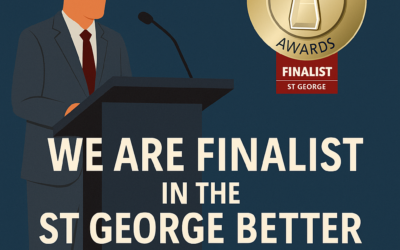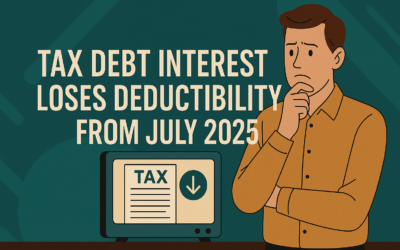Your morning coffee, a quick lunch with your colleagues, ingredients for dinner, your Netflix subscription… ordinary day-to-day expenses, but did you know that these can considerably reduce the amount you are eligible to borrow, even if you are a high income earner?
If you’re planning to buy a home, now might be the time to Spring clean your expenses and set yourself a weekly budget and here’s why:
Why do lenders care about living expenses?
Mortgage brokers and lenders are required to meet ‘responsible lending’ guidelines under the National Consumer Credit Protection Act (NCCP). These guidelines are designed to ensure that a borrower can afford to make the repayments on their loan without suffering ‘substantial hardship’.
This means, by law, all mortgage brokers and lenders must ensure that you have plenty of money left over from your income to repay your loan after you have covered your regular financial commitments.
What are living expenses?
A living expense is defined as anything that you spend your money on. Your morning coffee, Netflix subscription, monthly dinner out with friends and gym membership all count – even if you don’t see them as essential or could easily live without them.
When applying for a loan, we have to perform a thorough living expense and income assessment which determines your true financial position – and all of these expenses are included.
According to a 2018 survey by UBank, 86% of Australians don’t know how much money they spend every month on their living expenses – and those small expenses can quickly add up.
Without tracking your purchases, it’s easy to spend more than you earn without even realising – especially if you use a credit card.
But what if I plan to change my spending habits?
You might think “once I buy a property I’ll….”, but to most lenders, all that matters is how you’re spending money now.
Tips for controlling your living expenses
In order to control your living expenses, you first need to know where your money is going.
ASIC have a free MoneySmart Budget Planner that is a great place to start and it can be downloaded here. Another great tool from ASIC is the MoneySmart TrackMySpend app which helps you to record your weekly household budget, nominate spending limits, separate ‘needs’ from ‘wants’ and kickstart your savings goals.
How do we perform a living expenses assessment?
As mentioned, as part of the borrowing process, we need to conduct a thorough living expenses assessment. To do this, we’ll provide you with a Needs Analysis Questionnaire to help you work out your living expenses.
These expenses are divided into simple categories, including:
- Childcare
Including formal day care, nannies and occasional babysitters or childminding services. - Personal Care
Clothing, footwear, cosmetics, personal hygiene products, hairdressing, manicures, massages etc. - Education
All educational costs/fees for the borrower and any dependents, including books, uniforms, equipment and excursions. - Groceries
This includes meat, fruit, vegetables and anything you might buy from a supermarket, including cleaning products. - Insurance
This includes health, home, car, life, pet and all other insurances you may have. - Medical
Doctors visits, dental care, pharmaceutical prescriptions, optical etc. - Utilities and Home Expenses
Gas, water, electricity, rates, taxes, levies and any other costs for running your own home. - Entertainment
Movie tickets, take away food, club memberships, gifts, holidays, hobbies and all recreational expenses. - Connections
Includes expenses such as mobile phone plans, internet, home phones, magazine subscriptions, streaming services etc. - Transport
Including personal vehicle expenses like petrol, tolls, insurance and car registration as well as public transport, car parking, car servicing and maintenance. - Rent
This is for rent on a property that you live, board (if you are living with your parents or renting a room) or similar housing costs.
Note: If you are buying a home you intend to occupy, rental expenses are not included as part of your living expenses assessment. - Investment Property Expenses
Including any costs you are responsible for paying, such as council rates, insurance, property management fees, taxes and levies, body corporate and strata fees, maintenance etc. - Other
All other expenses that do not fit into the above categories.
When should I cut back on expenses?
If you’re planning on purchasing a property, the best time to start is now. Regardless of whether you’re purchasing a home for yourself or an investment, it’s important to know how much you’re spending and where.
Remember that a lender will only give you a loan for an amount you can afford to repay, so cutting back on your everyday spending could give you increased borrowing power and will maximise the chances of your loan getting approved the first time.
Where do I start?
We are happy to run through your living expenses and help you find ways to budget and increase your borrowing power. Just contact our team via the website here, or give us a call on (02) 9095 6888.




